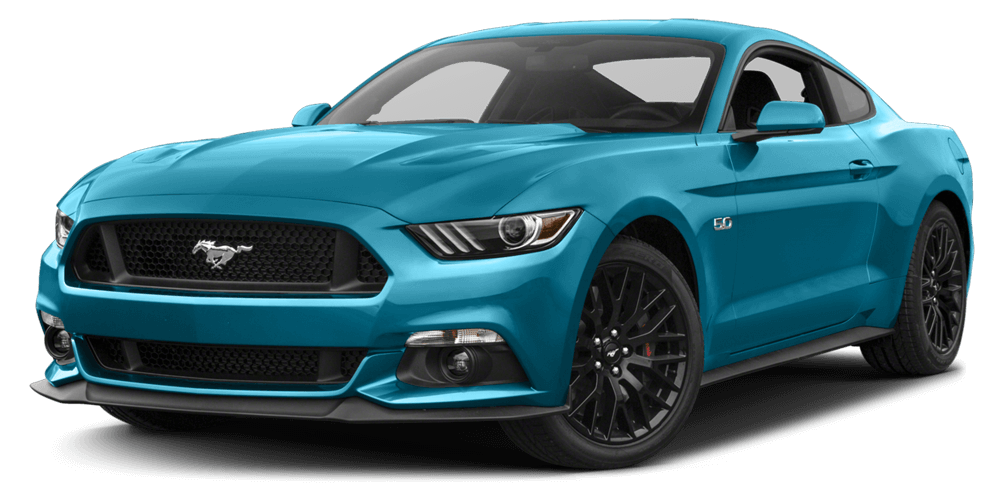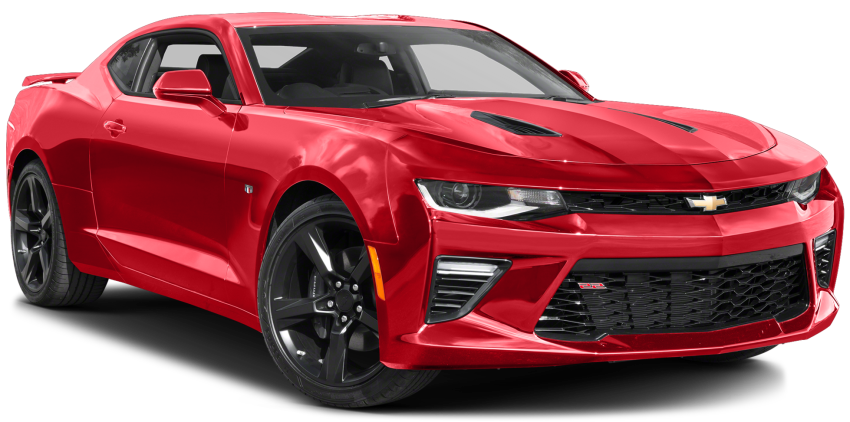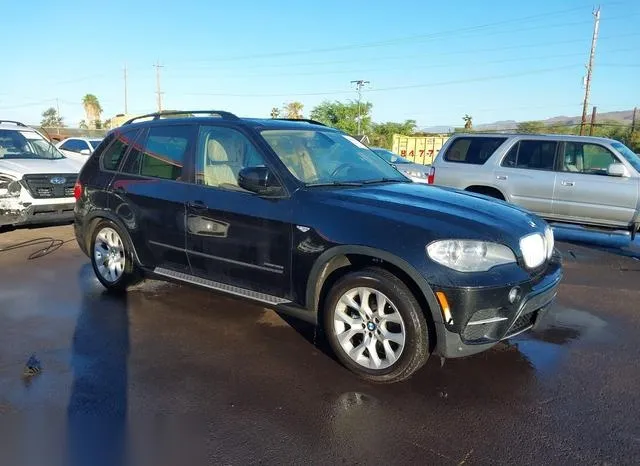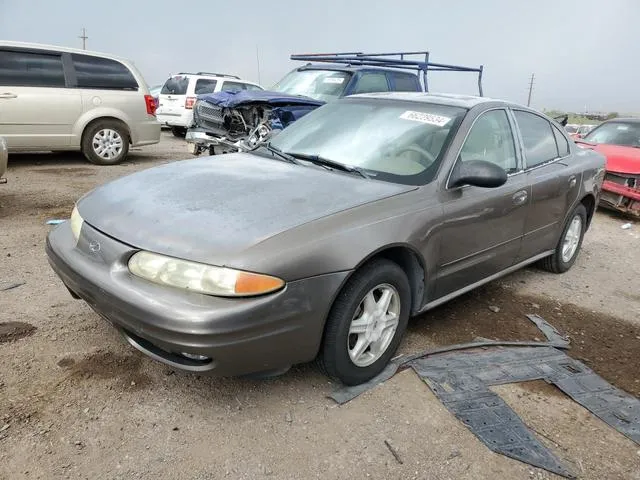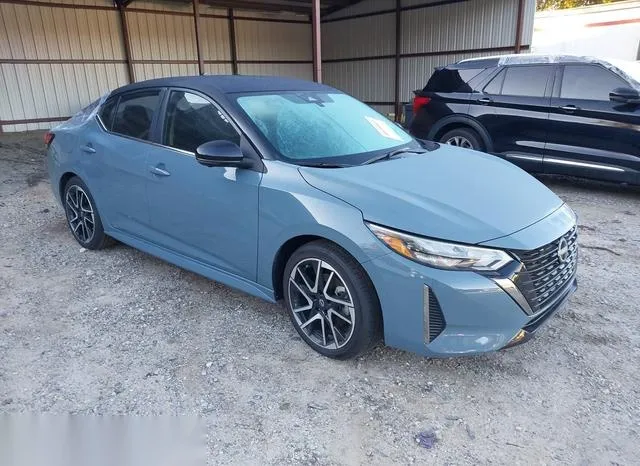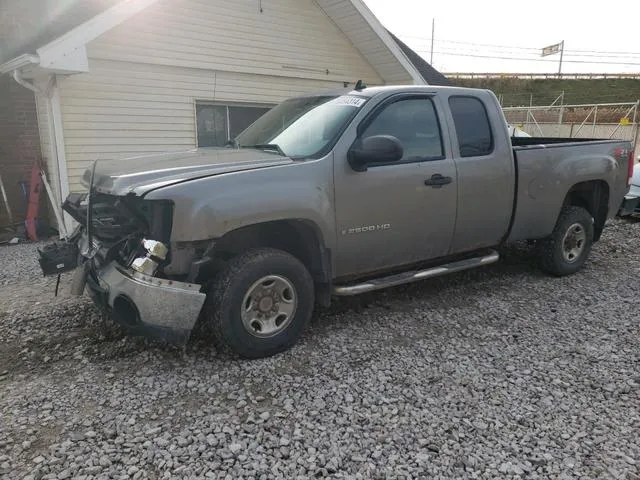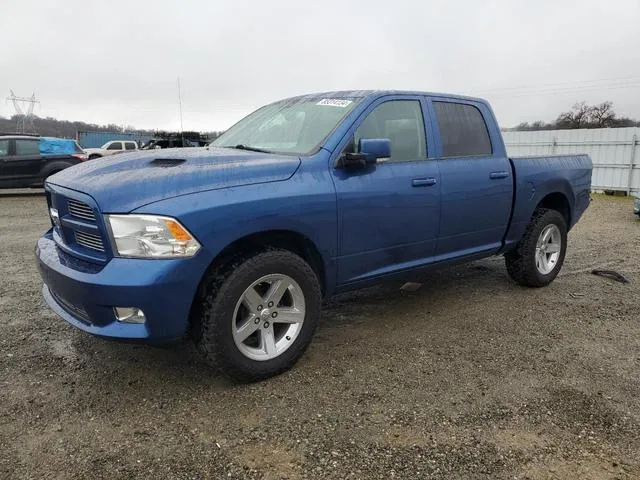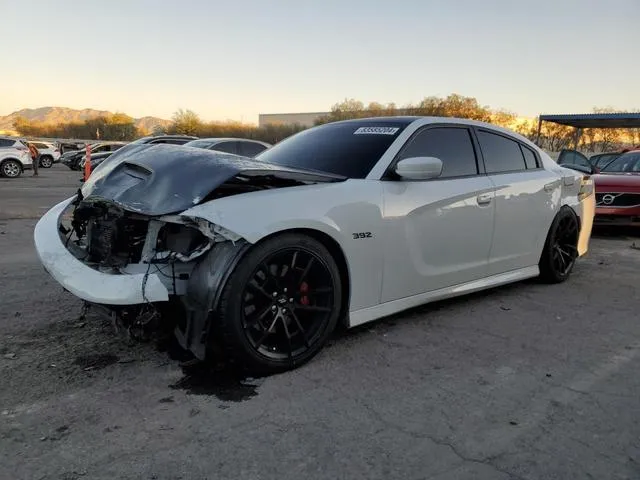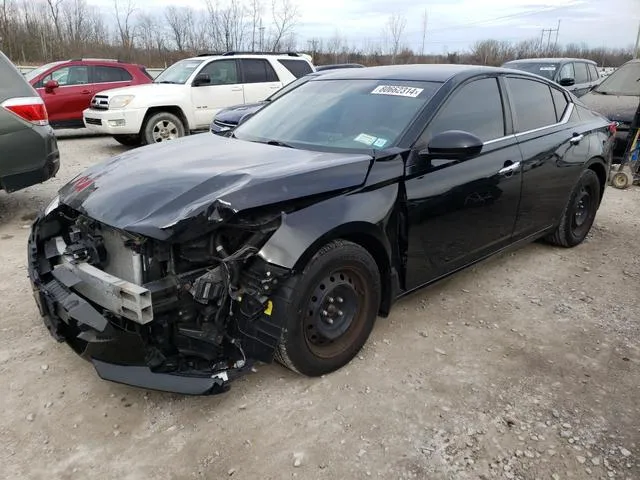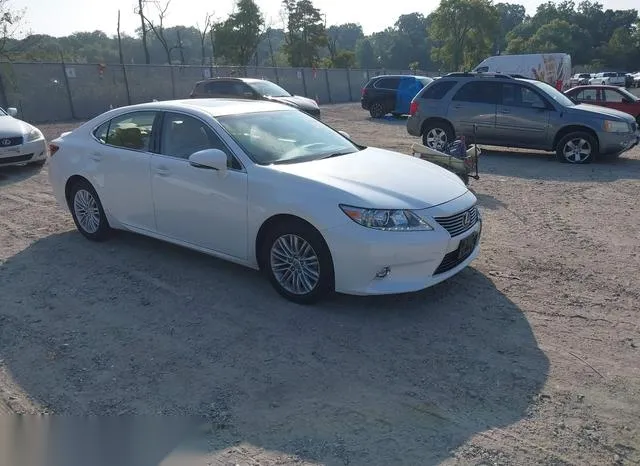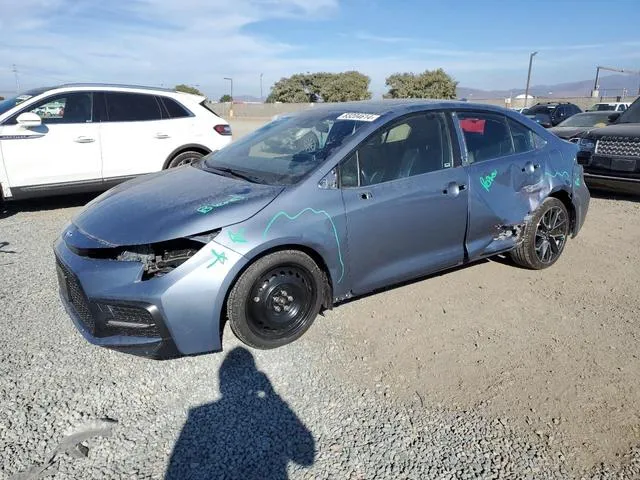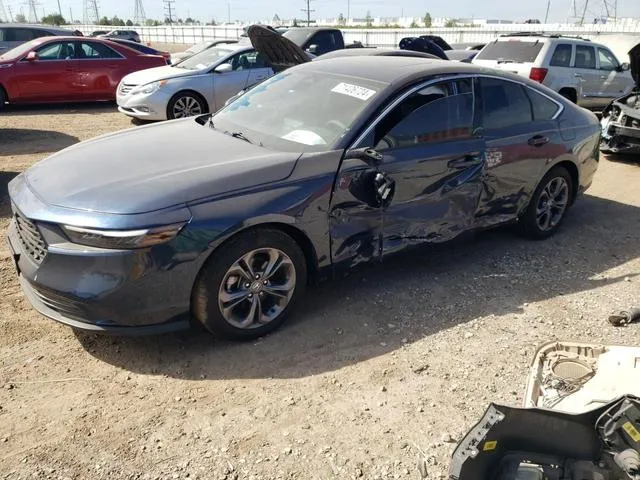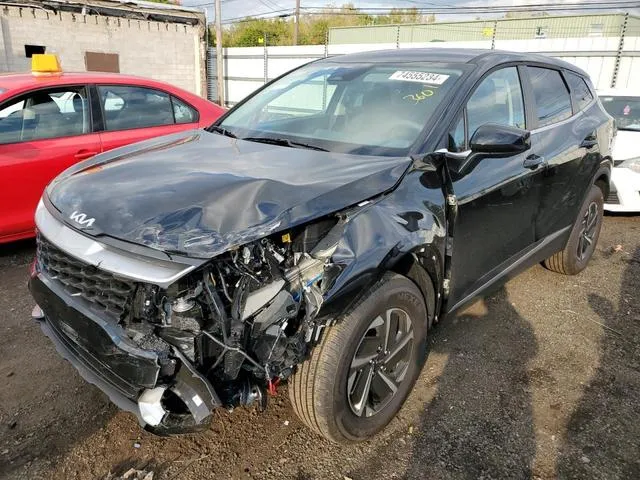The History of Fiat: Italy's Most Iconic Car Brand
Fiat is one of the oldest and most influential car manufacturers in the world, with a history that stretches back more than a century. Known for producing small, affordable cars that helped mobilize Europe after World War II, Fiat has become a symbol of Italian design, engineering, and innovation. From the legendary Fiat 500 to the versatile Fiat Panda, the brand has played a key role in shaping the automotive landscape. This article explores the fascinating history of Fiat and its most iconic car models.
The Founding of Fiat (1899-1910s)
Fiat was founded in 1899 in Turin, Italy, by a group of investors, including Giovanni Agnelli, who would go on to become the company’s driving force for decades. The name “Fiat” is an acronym for *Fabbrica Italiana Automobili Torino* (Italian Automobile Factory of Turin). The company produced its first car, the Fiat 3 ½ HP, in 1900, marking the beginning of Italy’s automotive industry.
During its early years, Fiat focused on producing luxury cars, as well as military vehicles and aircraft engines. By the 1910s, Fiat had established itself as Italy’s largest car manufacturer and began exporting its vehicles to other countries. The company’s growing success allowed it to expand its operations and innovate in automotive design and manufacturing.
| Model | Years of Production | Description |
|---|---|---|
| Fiat 3 ½ HP | 1900 | Fiat's first car, a small two-seater powered by a 679 cc engine, marking the beginning of Fiat's journey in the automotive world. |
Fiat's Expansion and the Rise of Popular Models (1920s-1930s)
By the 1920s, Fiat had become a major player in the global automotive industry. The company continued to grow, introducing new models that catered to a broader range of customers. One of the key moments in Fiat's history was the introduction of mass production techniques inspired by Henry Ford’s assembly line in the United States. This allowed Fiat to produce cars more efficiently and at a lower cost, making them more accessible to the public.
Fiat 509
In 1925, Fiat introduced the Fiat 509, a small and affordable car that became popular among middle-class buyers in Italy and beyond. The 509 was Fiat’s first car to feature a four-cylinder engine, and it helped establish the brand as a leader in the production of reliable, economical vehicles.
| Model | Years of Production | Description |
|---|---|---|
| Fiat 509 | 1925-1929 | Fiat's first mass-produced car with a four-cylinder engine, known for its affordability and reliability, helping the brand grow internationally. |
Post-War Success: Fiat 500 and the Mobilization of Italy (1950s-1960s)
After World War II, Italy, like much of Europe, needed to rebuild, and affordable transportation was essential to this effort. Fiat responded by producing small, economical cars that became synonymous with Italian culture and style. The most famous of these was the Fiat 500, introduced in 1957. The 500, or “Cinquecento,” became a cultural icon and helped motorize a post-war Europe.
Fiat 500
The original Fiat 500 was designed by Dante Giacosa as a tiny, affordable city car that could navigate narrow Italian streets and provide cheap, practical transportation. Powered by a small 479 cc two-cylinder engine, the 500 was simple yet effective. Its compact size, cute styling, and affordability made it incredibly popular in Italy and abroad. It became one of the best-selling cars in Europe, with over 3.8 million units produced during its original production run.
| Model | Years of Production | Description |
|---|---|---|
| Fiat 500 | 1957-1975 | A small city car that became an icon of post-war Italy, known for its compact size, affordability, and cultural significance. |
Fiat 600
The Fiat 600, introduced in 1955, was another key model in Fiat's post-war success. It was slightly larger than the 500, with a rear-mounted four-cylinder engine, and it was designed to offer affordable transportation for small families. The 600 was instrumental in helping Fiat expand its presence in international markets, including Spain and Argentina, where the car was produced under license.
| Model | Years of Production | Description |
|---|---|---|
| Fiat 600 | 1955-1969 | A small family car that was larger than the Fiat 500, offering practicality and affordability for post-war consumers in Europe and beyond. |
The 1970s: Innovation and the Global Expansion
By the 1970s, Fiat had established itself as one of the largest car manufacturers in Europe, producing a wide range of vehicles for different market segments. The company continued to innovate, focusing on practical cars for the masses. Fiat's models from this era included the Fiat 127 and Fiat 131, both of which became highly popular due to their practicality, reliability, and low cost of ownership.
Fiat 127
The Fiat 127, launched in 1971, was one of the most successful cars of its time. It was a small, front-wheel-drive hatchback designed for urban driving, and it featured a transverse engine layout, which allowed for a spacious interior despite its compact size. The 127 set the standard for small cars in Europe and won the prestigious European Car of the Year award in 1972.
| Model | Years of Production | Description |
|---|---|---|
| Fiat 127 | 1971-1983 | A small, front-wheel-drive hatchback that set new standards for compact cars in Europe and won the European Car of the Year award in 1972. |
Fiat 131
The Fiat 131, introduced in 1974, was a mid-size family car that offered a balance of comfort, practicality, and affordability. The 131 became popular in various international markets, and it was also used extensively in motorsports, particularly in rally racing, where it achieved notable success.
| Model | Years of Production | Description |
|---|---|---|
| Fiat 131 | 1974-1984 | A mid-size family car known for its versatility and success in rally racing, helping Fiat maintain a strong presence in international markets. |
The 1980s and 1990s: Fiat Panda, Uno, and Punto
The 1980s and 1990s were defining decades for Fiat, as the company introduced several models that became household names. The Fiat Panda, launched in 1980, was a revolutionary small car designed for versatility and durability. It became a favorite among budget-conscious buyers, and its simple, boxy design earned it a reputation as a practical workhorse.
Fiat Panda
The Fiat Panda, designed by Giorgetto Giugiaro, was an innovative and affordable city car that offered maximum interior space despite its small footprint. Its minimalist design, low operating costs, and practical features made it a huge success. The Panda was available with four-wheel drive, making it popular in rural areas and among off-road enthusiasts.
| Model | Years of Production | Description |
|---|---|---|
| Fiat Panda | 1980-Present | A highly versatile city car known for its simplicity, durability, and availability in both two-wheel-drive and four-wheel-drive configurations. |
Fiat Uno
The Fiat Uno, introduced in 1983, was another major success for the brand. It was a small hatchback designed to be fuel-efficient and affordable, with modern styling and innovative features for its time. The Uno was a global success, with production taking place in several countries, including Brazil, Poland, and South Africa.
| Model | Years of Production | Description |
|---|---|---|
| Fiat Uno | 1983-2013 (international markets) | A small hatchback that became one of Fiat's most successful models globally, known for its fuel efficiency, modern design, and versatility. |
Fiat Punto
The Fiat Punto, introduced in 1993, was a compact car that became one of Fiat's best-selling models during the 1990s and 2000s. The Punto was designed to replace the Fiat Uno and offered a more spacious interior, better safety features, and improved performance. It won the European Car of the Year award in 1995 and became popular across Europe and Latin America.
| Model | Years of Production | Description |
|---|---|---|
| Fiat Punto | 1993-2018 | A compact car that succeeded the Fiat Uno, known for its spacious interior, safety features, and European Car of the Year award in 1995. |
Fiat in the 21st Century: The Revival of the Fiat 500
In 2007, Fiat brought back one of its most iconic models—the Fiat 500. The new Fiat 500 was a modern reinterpretation of the classic Cinquecento, combining retro styling with modern technology and comfort. The revival of the 500 was a massive success, particularly in Europe, where it became a fashion statement and a symbol of Italian design.
Fiat 500 (Modern)
The modern Fiat 500 retained the charm of the original 1957 model while offering modern features such as advanced safety systems, fuel-efficient engines, and high-quality interiors. The 500 became a global hit and helped revitalize Fiat's image as a producer of stylish, small cars. Its success has led to a range of variants, including the Fiat 500L (a larger family-oriented version) and the Fiat 500X (a crossover SUV).
| Model | Years of Production | Description |
|---|---|---|
| Fiat 500 (Modern) | 2007-Present | A retro-styled city car that revived the iconic Fiat 500 name, blending Italian design with modern technology and comfort. |
Fiat’s Global Impact and Future
Today, Fiat remains one of the leading car manufacturers in Europe and continues to play a vital role in the global automotive industry. As part of the Stellantis Group, Fiat is focused on producing environmentally friendly and efficient vehicles, including electric versions of the Fiat 500. The company’s long-standing commitment to producing affordable, stylish, and practical cars has solidified its place in automotive history, and it continues to shape the future of transportation.
Conclusion
Fiat’s journey from a small Italian manufacturer to a global automotive powerhouse is a testament to the brand’s ability to innovate and adapt. From the early days of the Fiat 3 ½ HP to the modern Fiat 500, the company has consistently delivered cars that meet the needs of a wide range of drivers. Whether producing tiny city cars or groundbreaking designs, Fiat has left an indelible mark on the automotive industry, and its legacy as a symbol of Italian style and engineering continues to thrive.



